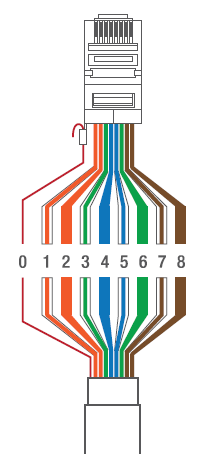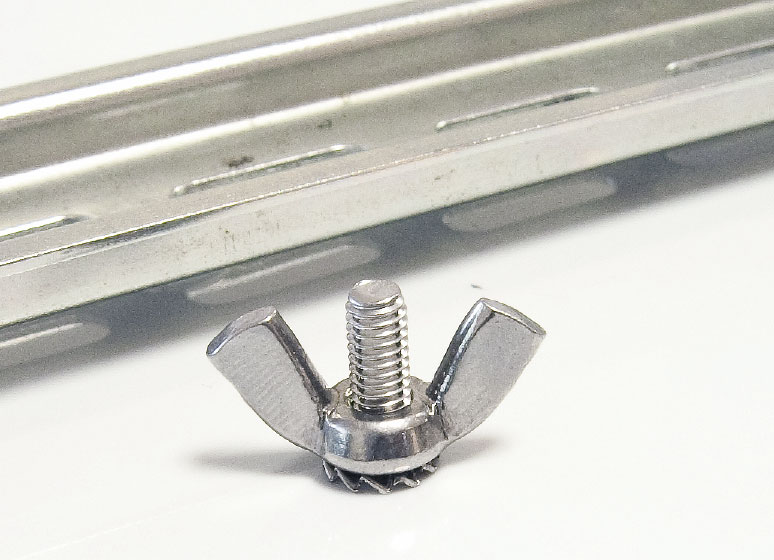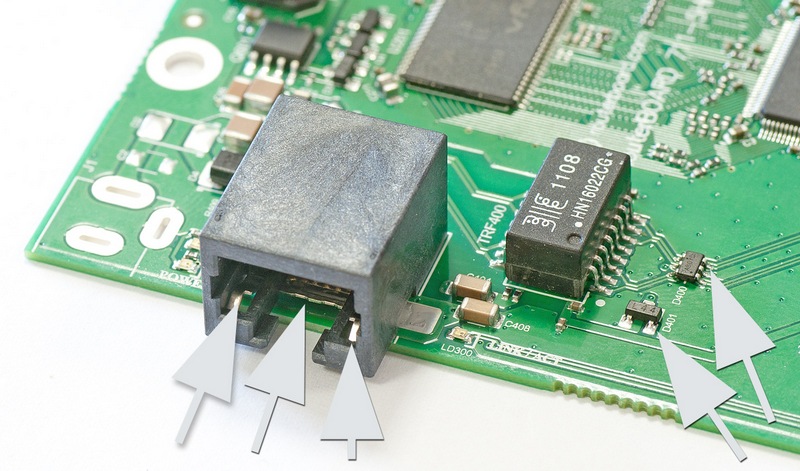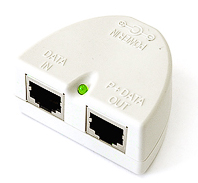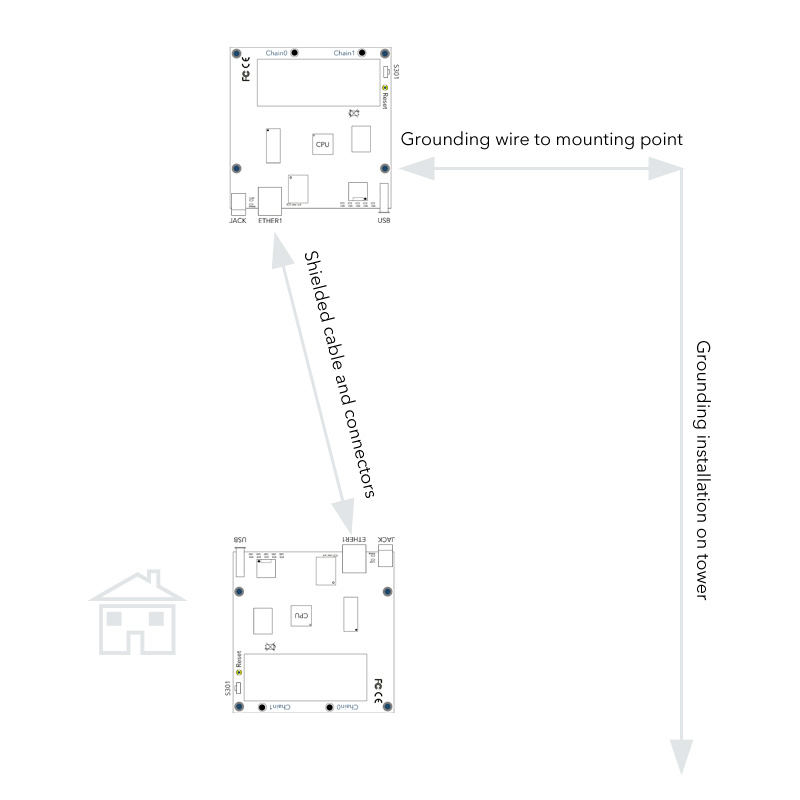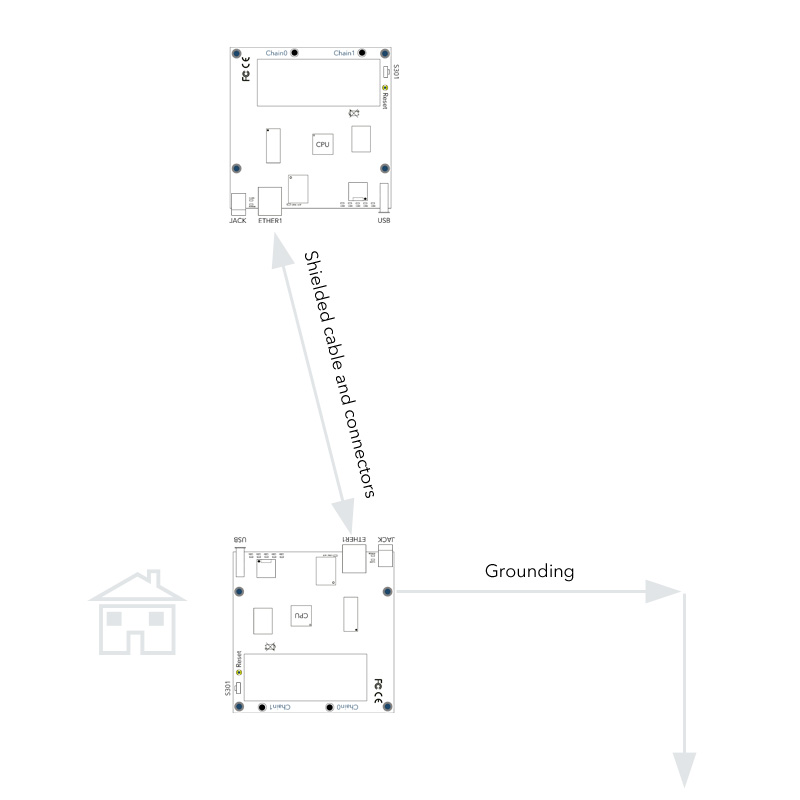Manual:Grounding
Introduction
The installation infrastructure (towers and masts), as well as antennas and the router itself must be properly grounded, and lightning arrestors must be installed on all external antenna cables (near the antennas or on the antennas themselves) to prevent equipment damage and human injury. Note that lightning arrestors will not have any effect if not grounded.
Use 1 AWG (7mm in diameter) wire with corrosion-resistant connectors for grounding. Be sure to check that the grounding infrastructure you use is indeed functional (as opposed to decorative-only grounding present on some sites). For smaller devices you can use thinner wire.
- Only shielded and outdoor usage Ethernet cables should be used, magnetic shield should be grounded via shielded RJ-45 connector or via additional wire that is soldered to RJ45 or ground wire.
- Grounding wire should be connected to RouterBOARD (to the mounting point where board is fastened to the outdoor box), this wire is connected to bottom of the tower and connection to the tower is according to the standards. Antenna grounding wire is connected near RouterBOARD Outdoor case, this wire could be connected to the same RouterBOARD grounding wire.
- Ethernet port ligthing protectors are not recommended, as most of them are not intended to use for PoE (they are shortening PoE supply). If protectors are used, they could be placed at the outdoor case, where RouterBOARD and grounding pads are connected.
Example grounding wire attachment screw on an outdoor case:
ESD Protection on RouterBOARD devices
- Three arrows mark the grounding inside the ethernet port, the shielded cable connects it's shield to these two grounding pins via the metallic ethernet connector.
- The middle arrow points to the metal plate inside the port, which connects the grounding pins to the board. The board needs to be grounded at the mounting hole (put grounding wire on the screw when you mount the board inside a case). Any surges will go from the grounding pins, to the grounding plate, to the board, and then to the grounding installation.
- The two separate arrows show the ESD protection chips on the board - in case there was no shielded cable, to protect the CPU and other parts of the board.
The protection is not too effective if you only use shielded cable, and don't ground the board itself. You need to do both things to be successful. See below for possible methods, option 1 is recommended.
Grounding RouterBOARD installations
There are two methods, one of them more effective than the other.
- Using a Shielded cable + Board is grounded: If you connect grounding to the mounting point of the RB711 (or the mounting loop inside SXT door), you don't necessary need to ground the device at other end of the shielded cable. Just using a shielded cable is enough. Special PoE is also not needed. This is the best option to protect against all ESD damage.
- Using only shielded cable: If you can't ground the RB711/SXT/other device itself, you can ground the device on the other end of your shielded cable (switch, router, etc). If you need to use PoE, the injector with a metal shielding around connectors will be required, because it allows shielded cable to be used. This method is not recommended, better ground the board itself also (option 1).
Illustrations of the above methods
Method #1 (shielded cable + grounding of the device):
Method #2 (only shielded cable):
Note! Even if you don't ground the outdoor wireless device, and only use a shielded cable, you should still ground the device it's connected to (indoors). Ie. the switch, routerboard or PC.
